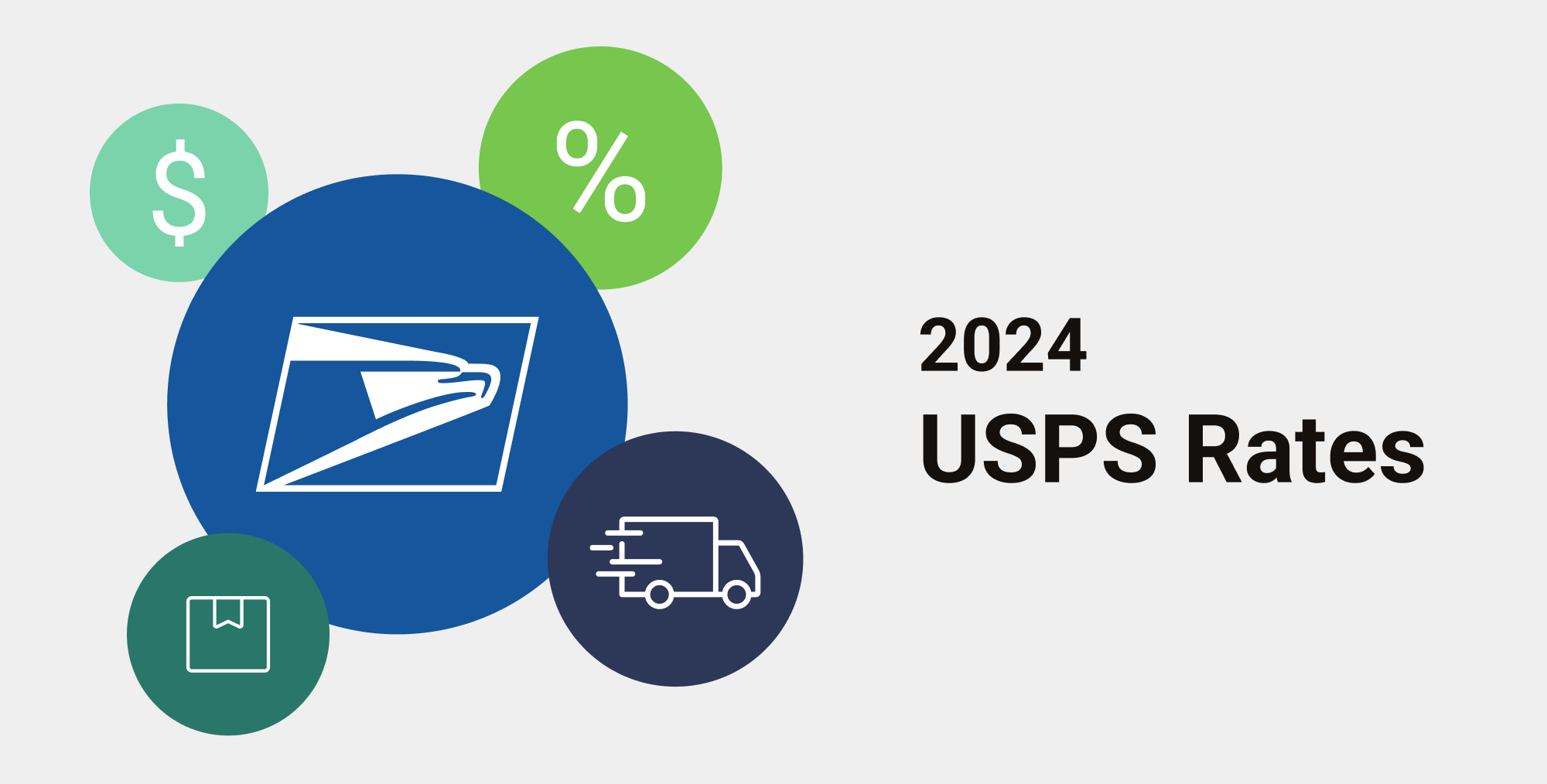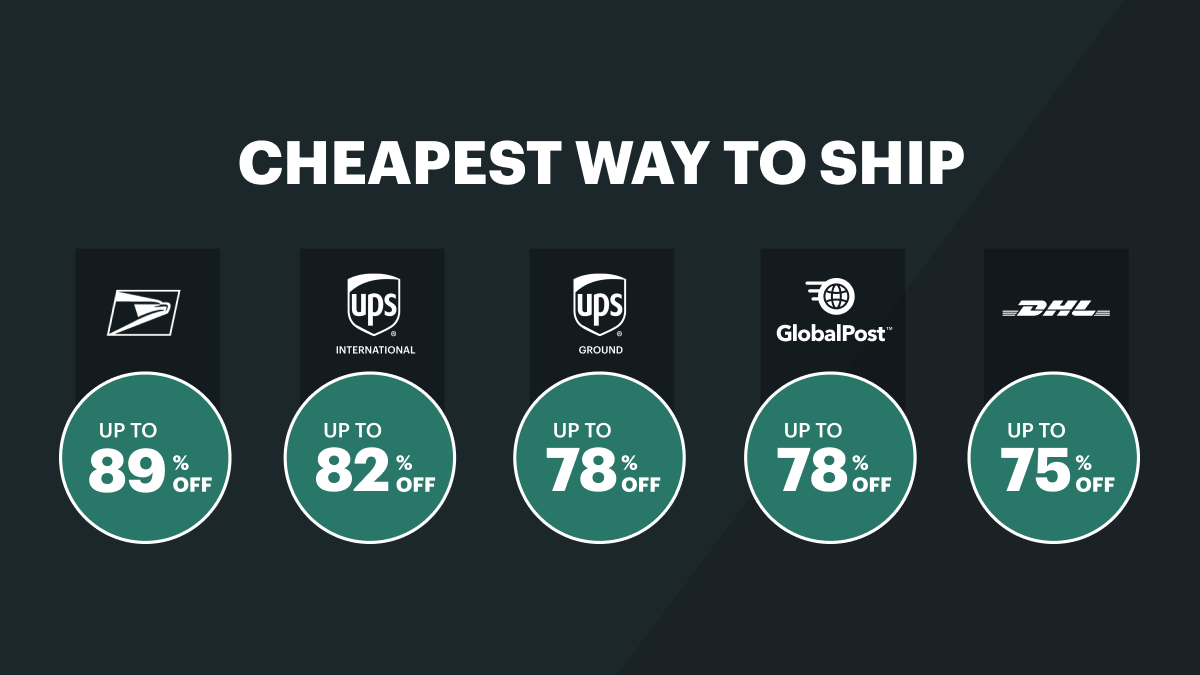Inventory Management Done Properly
This post is contributed by Grainne Shaughnessy, a Marketing Executive at Brightpearl, a partner of ours who provide multi-channel retail management software.
Inventory management is all about supply and demand. Whatever industry you’re in, there is the volume which is demanded by consumers, and the quantity supplied by retailers. A successful retailer will be able to supply their customers with the right goods at the right place, at the right time. Keeping inventory under control is a key aspect for any retail business. Here are a few tips on how to manage inventory properly.
Inventory allocation
The key to successful inventory management is firstly understanding the difference between what you currently have in stock, i.e. what you have in store on your shelves, and what you have available to sell. Sometimes it’s not as simple as processing a sale and removing the item from stock; for most retailers it’s more complex. You might make a sales of items you don’t have in stock, which you need to account for. Alternatively a sale is made but doesn’t ship for a while; if you’ve removed the items from your stock system but not from the shelf, your physical count will be higher than that shown on the system when you come to do a stocktake.
The concept of allocation helps keep an eye on what’s going on. As soon as a sale is confirmed, all available inventory is allocated to that sale. If you don’t have it in stock, you can’t allocate it. The difference between “in stock” and “allocated” is what you have left to sell to other customers; i.e. the “on hand” amount.
10 in stock – 3 allocated = 7 on hand
Only when the order actually leaves the store or warehouse are the products removed from stock and your stock levels go down, then the allocations are removed. You need information to be updated quickly, so that you can react. There’s no point learning that you ran out of stock two weeks after the last item was shipped that can result in missing orders. Allocation allows you to make sure you can supply your customers demands preventing leaving customers disappointed.
Place purchase orders (POs) with your suppliers
When new inventory arrives, you need to update all your sales channels as soon as possible so that you can start selling it! If you’re placing purchase orders when the products are actually ordered, receiving the order is just a case of pulling up the right purchase order, checking the quantities and receiving the goods. Purchase orders are often thought of as a bookkeeping task, but you’d be amazed at how many inventory problems arise because of starting off on the wrong foot. Good inventory management starts with purchase orders, not when the goods turn up at the door. Here’s a few reasons why:
- PO’s become physical assets and the first step towards accurate stock
- Stock is immediately available to sell on sales channels
- Avoid missed orders due to out of stock items
The right attitude towards inventory management and accurate data
Your business data is only as accurate as the people who enter it. Ensure everyone knows their role in the quality of the data and try to avoid any unnecessary workarounds. Running an efficient and profitable retail business is all about sharing and using accurate information.
Although you may have someone responsible for maintaining your warehouse or store, everyone that interacts with inventory needs to understand how important it is to keep everything shipshape. If your sales team spots an inconsistency let them have a method to report it. Don’t let it go ignored otherwise it will cause more problems later and you may be missing out on sales.
For more information about inventory management check out our full whitepaper Inventory Management Done Properly.
Inventory management and meeting customer demand is a fundamental part of being a retailer. Inventory is a vast subject which has been captivating the interest of retailers for decades. Once you’re managing your inventory successfully it’s time to start thinking about things like inventory optimization and accounting for your inventory. When growing a retail business you need to have enough resources and spare cash to spend on activities like marketing without running out of stock and disappointing customers. It is balancing act of which is difficult to master. You can find lots more retail insights, best practices and advice in our whitepapers.





